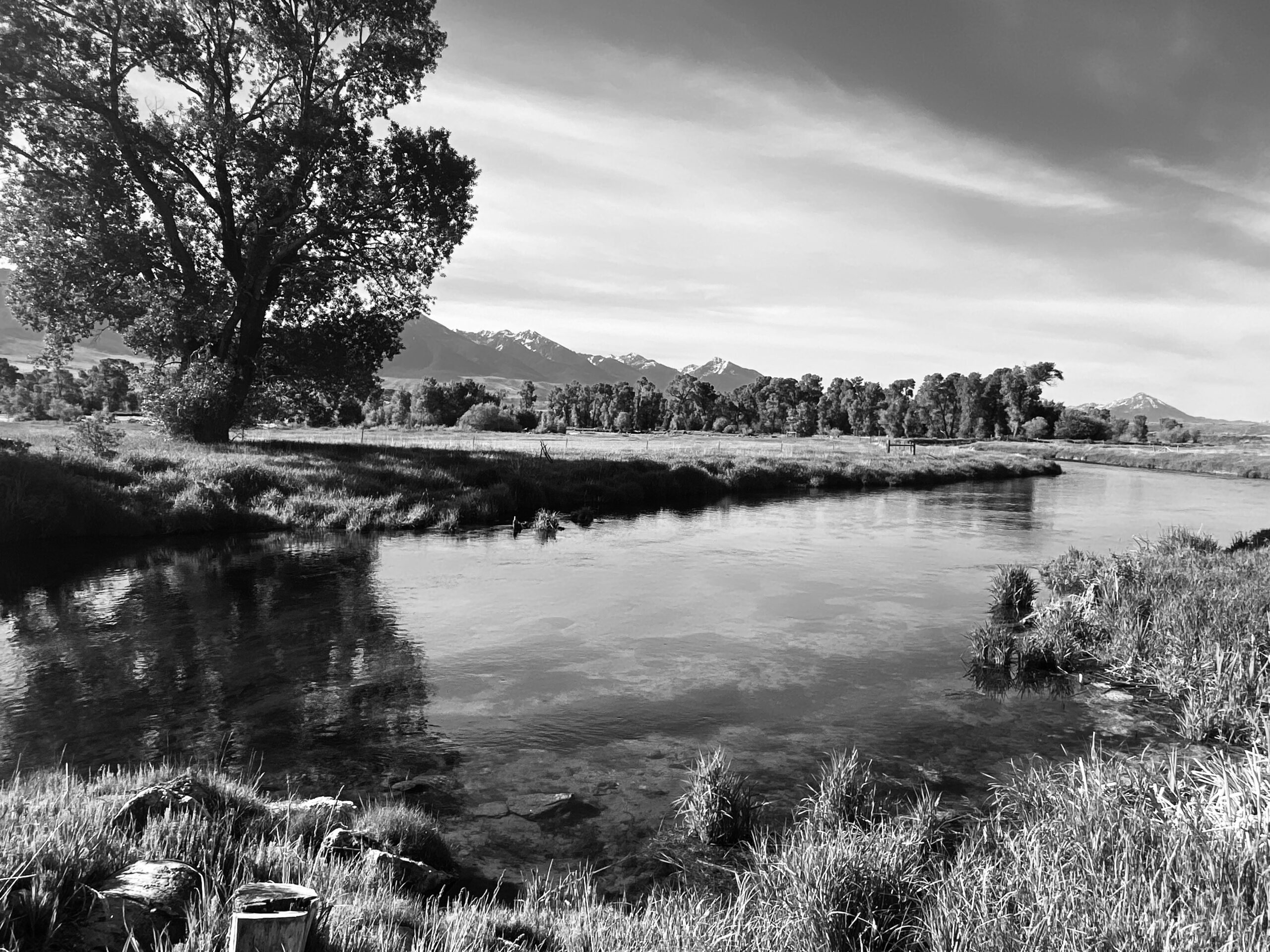The soundtrack for A River Runs Through It is cinematic perfection, specifically the main title. When the fiddle begins to hum the familiar music, I am immediately taken to early 1900s Montana. It is a time when the modern world was growing out of frontier America. Mark Isham, the composer, transports us to a time of wonder, promise, excitement, and a time of sadness as the American West would vanish and take those last steps into the industrial revolution. It is during this time frame that Norman Maclean would pen a work that would be as much art as it was literature. For me, the soundtrack and the text are a master piece. As the movie settles into its last scene, In the Half-Light of the Canyon, a flute plays a melody which sings both of sadness, triumph, and remembrance. These words are then spoken beautifully by Robert Redford:
Now nearly all those I loved and did not understand when I was young are dead, but I still reach out to them. Of course, now I am too old to be much of a fisherman, and now of course I usually fish the big waters alone, although some friends think I shouldn’t. Like many fly fisherman in western Montana, where the summer days are almost Arctic in length, I often do not start fishing until the cool of the evening. Then in the Arctic half-light of the canyon, all existence fades to a being with my soul and memories and the sounds of the Big Blackfoot River and a four-count rhythm and the hope that a fish will rise. ~ Norman Maclean, A River Runs Through It
You know the great thing is that we can take our students to those places in literature. We can read those lines to our classes, look at the Blackfoot River on Google Earth, study the history of early Montana, and listen to the soundtrack. In fact, we don’t have to over analyze the words. We can just listen and enjoy. Your students will be drinking information through a fire hose, and not a straw.
With that as the backdrop, I decided to tie flies for my classroom one year. One of the state curriculum objectives was for students to learn how to write steps in a process. Well, we were going to learn the steps in a process for tying a fly. I brought in the assorted hooks, thread, feathers, and fly tying vice. We methodically worked through those steps, and ended up with a wooly bugger. I tied that fly for my class in maybe 1999, and do you know what? Just a few months ago, a student reminded me of that experience – twenty-five years later! I wish I could say that I did that every year, but I didn’t. However, it reminded me that good teaching sticks.
Pro Tip: There is not a standardized assessment in America which can duplicate a learning experience which is derived from our own unique experiences. I once heard a fantastic principal(the best) do a book study on the Call of the Wild which also incorporated elements of Alaska. She never forgot what it was like to be a classroom teacher. She kept teaching even though an administrator. Principals and central office personnel, I strongly recommend that you keep teaching a lesson or two each quarter. Maybe pick a specialty of yours, and teach about it. It is our experiences which make us uniquely human, and those experiences add immeasurable richness and flavor to the learning experiences of our students.
Bonus Pro Tip: Making personal connections to literature is something that we can also teach. Those personal connections allow students to remember. When we demonstrate our own connections to literature, we are modeling to students how to do the same. And for students who are primarily auditory learners, music just adds to the literary connection.
And just in case you wanted to listen to the main title which opens the movie, here you go….
Discover more from Rob's Innovation in Education Blog
Subscribe to get the latest posts sent to your email.




